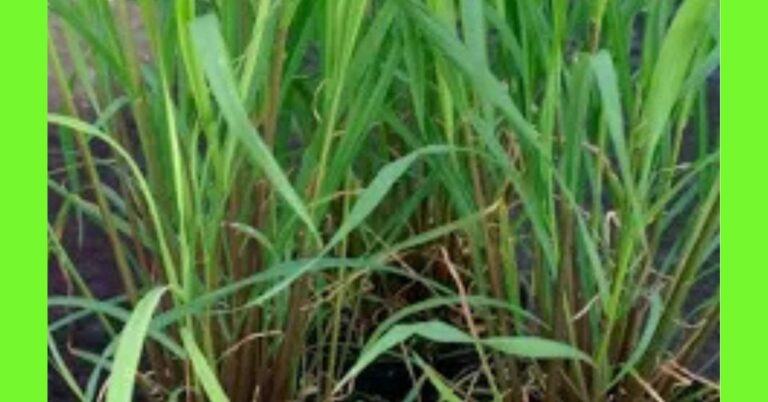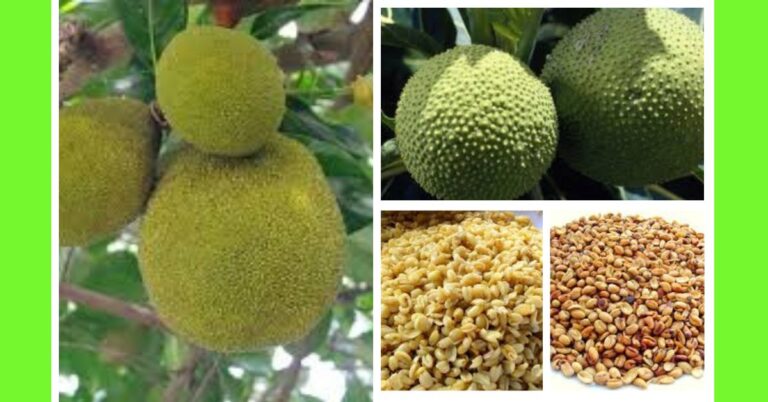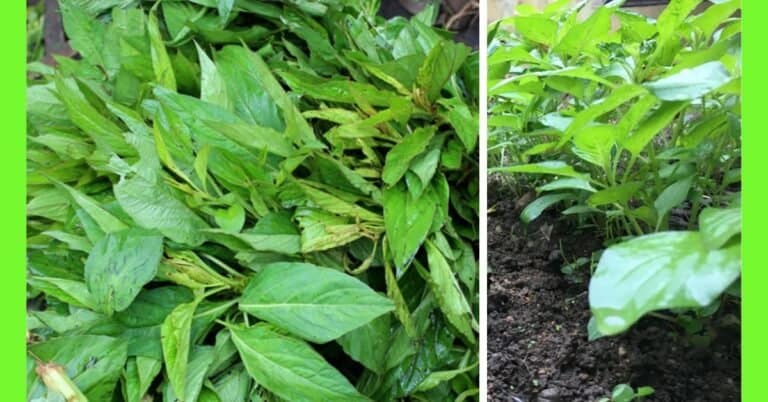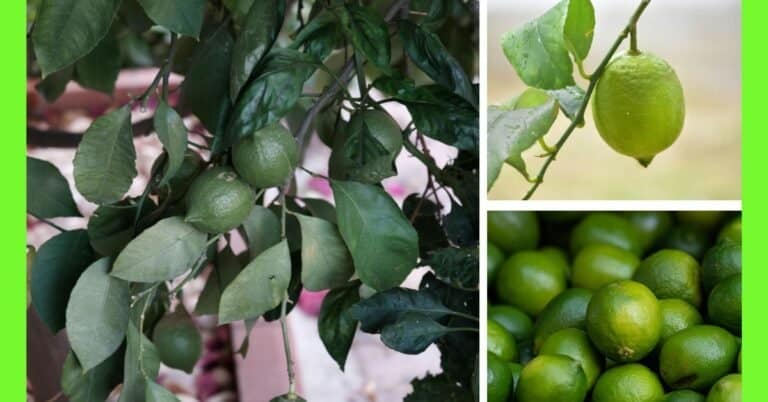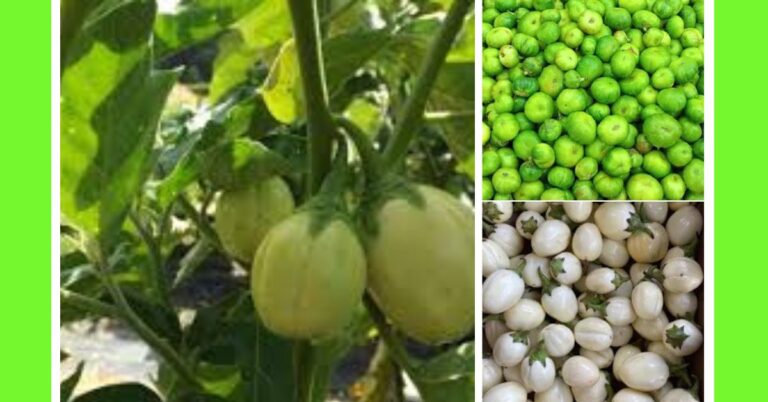Planting Cassava: See How To Plant Cassava
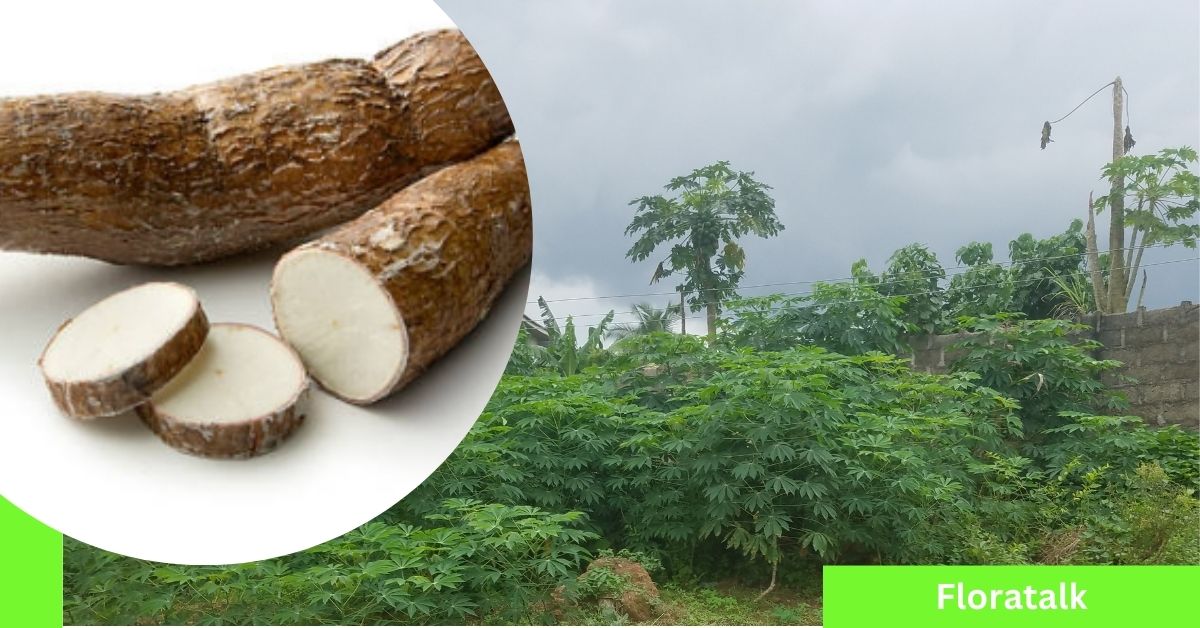
Cassava (Manihot Esculenta) has been a source of income and food for a lot in Nigeria,
Nigeria is the largest producer of cassava in the world.
The tuber is a starchy tuber crop that can be used to produce food like garri, fufu, cassava flask and a whole lot of other produce.
Do you desire to grow cassava, this article is here to help you do this.
So keep reading.
Description of the Plant
Cassava is a perennial plant.
Its leaves are green, almost fan-shaped with five to nine lobes.
It has an erect stem which grows up to 30 cm (11.8 in) long.
Cassava tubers grow under the soil. The cassava roots are usually cone shaped which are white, brown or reddish in colour depending on the variety.
Planting Season for Cassava
Cassava can be planted all year long from January to December but it is planted mostly during the rainy season from April to September.
Planting Cassava
Step 1 – Choose a Location
Cassava does well in thick loamy soil, adequate rainfall and a warm climate so choose a location that can afford these necessities.
Step 2 – Land Clearing and Preparation
The next thing to do is to clear and prepare the soil for planting
Cut down shrubs and grasses, remove any dirt such as nylons or paper
Bulldozers can be used to remove trees in large farms.
Till the soil to loosen it,
this is very important for the crop to produce well as the plant grows underground,
loosen the soil to make it easy for the roots to penetrate.
Apply a good quantity of manure to the soil.
Step 3 – Seed Selection when Planting Cassava
Cassava is propagated by the stem.
There are sweet and bitter cassava varieties
The amount of Hydrocyanic Glucoside (HCN) in the cassava determines whether it is bitter or sweet.
This HCN is poisonous but is destroyed during cooking.
Some of the cassava varieties cultivated in Nigeria include: TME 419, TMS 90257, TMS 91934, TMS 81/00110, TMS 81/00661, TMS 30572.
Some local varieties are Nwugo, Nwaiwa, Okotorowa, Hope, Game Changer, Baba- 70
These are but a few of the plant varieties you then decide on which cassava variety to plant.
Step 4 – Plant the Stem
In other to plant, cut the stems 50 cm (20 in) to 76 cm (30 in) apart
Plant the stem in ridges, make sure that the stem are planted while the soil is wet
The cassava stem should be planted 5 cm (2 in) to 20 cm (8 in) deep, considering the size of the stem.
Spacing of 1.5 m (5 ft) by 1.5 m (5 ft) should be used while planting the stems
Plant it either vertically or slanting
Manure or Fertilizer should be applied near each cassava stem.
Step 6 – Watering
Water is a vital need for the cassava plant that is why planting is preferably during the rainy season. But do not water the cassava.
Step 7 :Apply Manure
Cassava plants need nitrogen, phosphorus, potassium and calcium.
Apply manure on the soil before planting.
The fertilizer or manure should not touch the stem or the plant.
Step 8: Pruning
You will have to prune the plant from time to time
Maturity and Harvest
Cassava is ready to be harvested after about 8 months of planting,
the plant must have grown tall and the root large and deep into the soil.
Cassava plants should be harvested when the green leaves turn yellow and fall,
as a result of maturity not malnutrition.
This indicates that the planting season is complete.
To harvest your cassava, cut the stem to an average that you can handle,
after this you pull out the remaining stem from the soil, this will lead to the pulling out of your cassava tubers.
Pest and Diseases
Some of the pest and diseases of cassava plant are:
Diseases
- White leaf spot
- Witches broom
- Cassava bacterial
- Cassava mosaic disease
- Cassava root rot disease
Pests
- Termites
- Bud necrosis
- White flies
- Aphids
- Caterpillars
- Nematodes
Pest and Disease Control
- Select Disease – Resistant Variety for planting
- Destroy infected plants
- Use good cassava stems for planting
- Make sure the soil for your plantation is fertile.
Hope this article was helpful?



